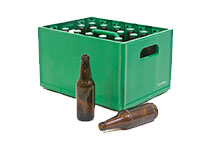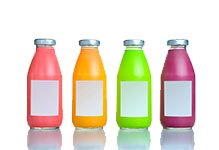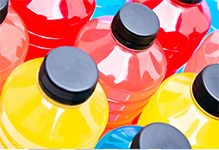Beverage Factory
A beverage factory offers some of the best machineries to fill, pasteurize, clean and package products. Beverage manufacturing begins by treating and filtering water to meet strict quality control standards that often surpass the quality of local water supplies. Achieving this high quality of water is a critical step that ensures consistent taste profiles of finished products. Once treated, stainless steel tanks hold the piped water and facilitate usage during different stages of the bottling process. During the next stage of beverage bottling, the addition of various ingredients to the syrup occurs in batching tanks or smaller holding tanks. Syrups can include ingredients such as liquid sugars like fructose or sucrose, non-nutritive sweeteners such as aspartame or saccharin, color, flavors, nutraceuticals (such as amino acids), preservatives, as well as a host of other ingredients. Once the syrup is ready, it mixes with more water in larger tanks, where it creates a finished solution. If the beverage container holds a carbonated product, large ammonia-based refrigeration systems cool the beverage. Carbonation, or the infusion of carbon dioxide (CO2) into a liquid, gives carbonated beverages their effervescence and texture. Carbon dioxide exists in liquid state and a machine pipes it into carbonation units as needed. This beverage bottling process controls the required rate of CO2 absorption into the product. Beverages may contain from 15 to 75 pounds per square inch (psi) of CO2. Fruit-flavored soft drinks tend to have less carbonation than colas or sparkling water. Once carbonated, the beverage is ready to be bottled. The filling room is usually separate from the rest of the beverage factory and protects the open product from any potential contaminants that may affect bottling. This highly automated operation requires a minimal number of personnel. Filling room operators monitor the equipment for efficiency and add any additional required ingredients during the beverage bottling process. The filling machine automatically receives empty beverage bottles via bulk material-handling equipment. Once beverage containers are full, they are shrink-wrapped. The finished case is palletized, plastic-wrapped and is ready for shipping.
Beverages



